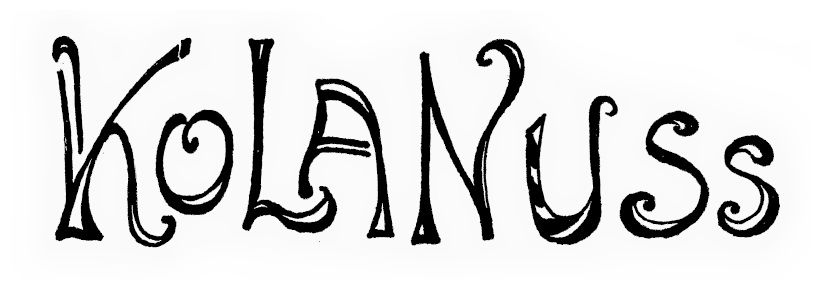Some products with cola nut have disappeared from the market again, we are trying to track them down. Therise to fame on the other hand is clear:
In 1886, the world-famous soft drink Coca-Cola was created in America, consisting of the eponymous ingredients coca leaves and Kola nut.
Next to it is the flyer for Hall's Coca Wine, a tonic wine made from the leaves of the coca plant. It was sold as a tonic, "invaluable in cases of influenza, insomnia, neuralgia, anemia, mental fatigue, etc.". The color illustration shows conquistadors talking to a group of Indians in the jungle and a waterfall in the background. Published London: Stephen Smith & Co., [between 1890 and 1899]
The labeling of the historic medicine bottle reads: Burreughs Wellcome & Co. "Forced March". Contains the combined active ingredients of cola nut and coca leaves. Relieves hunger and prolongs endurance. Application: in case of prolonged mental or physical exertion, let one capsule dissolve in the mouth every hour.
Snow Hill Buildings, London, E.C. Later stamped in red with "Poison"
Coca-Cola was invented on May 8, 1886 by John Stith Pemberton. The war veteran and pharmacist from Atlanta developed a syrup made from wine, cola nuts, damiana and an extract from coca plant leaves to relieve fatigue, headaches and depression. He called this remedy Pemberton's French Wine Coca, inspired by the popular Vin Mariani. His goal was to offer an alternative to morphine, which was widely used at the time but had side effects, with the cocaine it contained.
When Atlanta and Fulton County decided to introduce Prohibition from July 1, 1886 for two years on November 25, 1885, Pemberton had to remove the wine from his drink. This is how Coca-Cola was created, named after the ingredients coca leaf and cola nut.
On May 8, 1886, the syrup was mixed with soda water for the first time and sold in Jacob's Pharmacy in Atlanta for 5 cents per glass. Initially, the drink was not advertised as a soft drink, but as a medicine. Distributed in pharmacies and the popular soda bars of the time, an average of only 13 glasses were sold per day at first.

 DE
DE  EN
EN